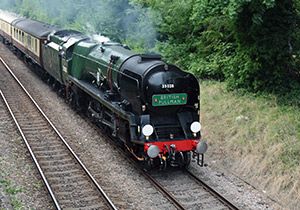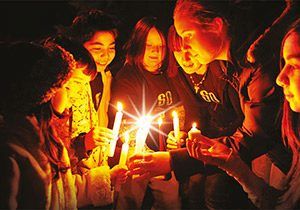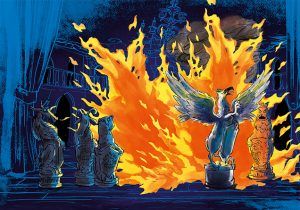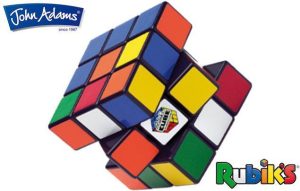
Measuring for baking (Valentine’s cookies)
A chance to measure weight values and use units of measurement in the real world
This primary resource gives children an opportunity to practise measuring out ingredients, handling different quantities and monitoring time by baking Valentine’s Day lollipop cookies.
Pupils will be challenged to measure weight values and use units of measurement in a real world capacity in our National Geographic Kids’ Measures primary resource sheet.
The teaching resource can be used as a printed handout for instruction in class time, or for display on the interactive whiteboard.
Activity: Before following the baking instructions in the resource, discuss with children different methods of measurement and show them different ways of measuring out ingredients (e.g. a measuring jug, electronic scales, balance scales, mechanical scales, bowl scales, etc.) Have the children seen or used these types of scale before? Ask the children what units of measure they have heard of (i.e. cm, km, miles, kg, g, lbs, oz, st, tonnes, etc.). Which do they think are the most appropriate for measuring out the ingredients for lollipop cookies? Ask children to measure out the ingredients on the page and complete the task by following the instructions.
N.B. The following information for mapping the resource documents to the school curriculum is specifically tailored to the English National Curriculum and Scottish Curriculum for Excellence. We are currently working to bring specifically tailored curriculum resource links for our other territories; including South Africa, Australia and New Zealand. If you have any queries about our upcoming curriculum resource links, please email: schools@ngkids.co.uk
This Culture primary resource assists with teaching the following EYFS Mathematics objectives from the National Curriculum:
- Shape, space and measures: children use everyday language to talk about size, weight, capacity, position, distance, time and money to compare quantities and objects and to solve problems.
National Curriculum Lower Key Stage 2 Maths (Year 4) objectives:
- Pupils should be taught to: convert between different units of measure [for example, kilometre to metre; hour to minute]
National Curriculum Upper Key Stage 2 Maths (Year 5):
Pupils should be taught to:
- convert between different units of metric measure (for example, kilometre and metre; centimetre and metre; centimetre and millimetre; gram and kilogram; litre and millilitre)
- understand and use approximate equivalences between metric units and common imperial units such as inches, pounds and pints
This Maths primary resource assists with teaching the following Numeracy and mathematics Early level objectives from the Scottish Curriculum for Excellence:
- I have experimented with everyday items as units of measure to investigate and compare sizes and amounts in my environment, sharing my findings with others.
Scottish Curriculum for Excellence Numeracy and mathematics Second level objectives:
- I can use my knowledge of the sizes of familiar objects or places to assist me when making an estimate of measure
- I can use the common units of measure, convert between related units of the metric system and carry out calculations when solving problems
Scottish Curriculum for Excellence Numeracy and mathematics Third level objectives:
- I can solve practical problems by applying my knowledge of measure, choosing the appropriate units and degree of accuracy for the task and using a formula to calculate area or volume when required
Download primary resource
More Like

Steam ahead with Belmond British Pullman

Turn your lights out for Earth Hour!

The Beast of Buckingham Palace









LEAVE A COMMENT
THANK YOU
Your comment will be checked and approved shortly.
WELL DONE,
YOUR COMMENT
HAS BEEN ADDED!
COMMENTS
CUSTOMIZE YOUR AVATAR